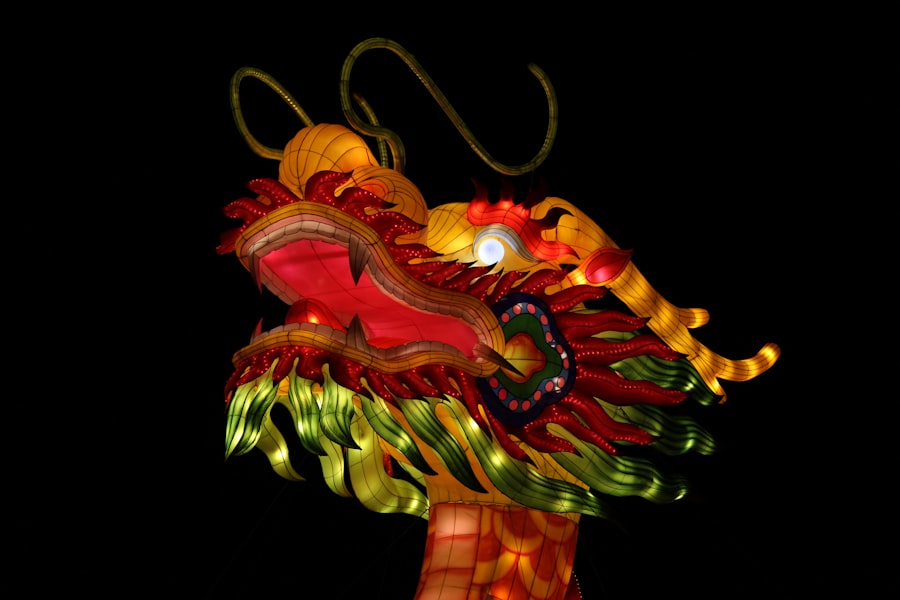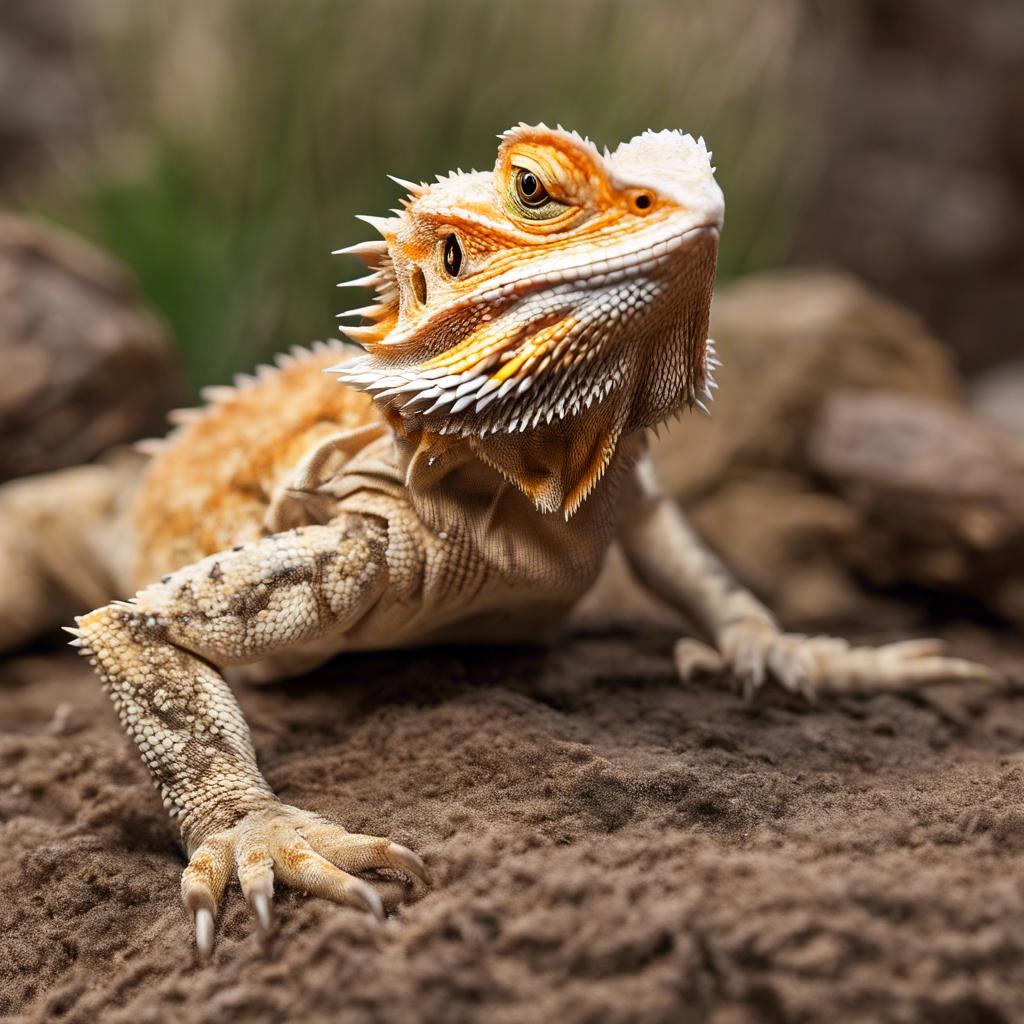Shedding is a natural process that all bearded dragons go through. It is an important part of their growth and development, as well as their overall health and well-being. Understanding the shedding process and knowing how to properly care for your bearded dragon during this time is crucial to ensuring their skin remains healthy and free from any issues.
Key Takeaways
- Shedding is a natural process for bearded dragons and occurs regularly throughout their lives.
- Understanding the importance of shedding is crucial for maintaining the health and well-being of bearded dragons.
- Bearded dragons shed their skin every 4-6 weeks, but this can vary depending on age, health, and environmental factors.
- Signs of shedding in bearded dragons include dull skin, loss of appetite, and increased lethargy.
- During shedding, bearded dragons may experience discomfort and require extra care, such as providing a humid hide and gentle handling.
Shedding in Bearded Dragons: A Natural Process
Shedding is a natural process for bearded dragons, just like it is for many other reptiles. It is a way for them to grow and replace old, worn-out skin with new skin. Bearded dragons shed their skin in pieces, rather than all at once like some other reptiles. This process allows them to gradually shed their skin over a period of time, rather than having to shed it all at once.
Understanding the Importance of Shedding for Bearded Dragons
Shedding is an important process for bearded dragons because it allows them to grow and stay healthy. As bearded dragons grow, their skin becomes tight and restrictive. Shedding allows them to shed their old skin and replace it with new, more flexible skin that can accommodate their growing bodies. Additionally, shedding helps remove any dead skin cells or debris that may have accumulated on the surface of their skin, keeping it clean and healthy.
Shedding Frequency in Bearded Dragons: What to Expect
Bearded dragons shed their skin on a regular basis throughout their lives. The frequency of shedding can vary depending on the age and health of the dragon, as well as other factors such as temperature and humidity levels. Generally, younger bearded dragons shed more frequently than older ones. It is not uncommon for a young bearded dragon to shed every few weeks, while an adult may only shed every few months.
Shedding Signs in Bearded Dragons: How to Recognize Them
There are several signs that indicate a bearded dragon is about to shed. One of the most noticeable signs is a change in color. The bearded dragon's skin may appear dull or faded, and they may develop patches of white or grayish coloration. Additionally, their eyes may become cloudy or opaque, and they may exhibit a decrease in appetite or activity level. It is important to note that these signs can also indicate other health issues, so it is always best to consult with a veterinarian if you are unsure.
Shedding Process in Bearded Dragons: What Happens During Shedding?

During the shedding process, a bearded dragon's old skin will begin to separate from the new skin underneath. This can cause the dragon to become itchy and uncomfortable, leading them to rub against objects in their enclosure to help remove the old skin. As the shedding progresses, the old skin will continue to peel away in small pieces until it is completely shed. The process can take anywhere from a few days to a couple of weeks, depending on the individual dragon.
Shedding Problems in Bearded Dragons: How to Deal with Them
While shedding is a natural process, there are some common problems that can occur during this time. One of the most common issues is retained shed, where pieces of old skin do not fully come off and become stuck on the bearded dragon's body. This can lead to irritation and even infection if not properly addressed. To help prevent this issue, it is important to provide your bearded dragon with proper humidity levels and a rough surface, such as a rock or log, for them to rub against during shedding.
Shedding and Nutrition: How Diet Affects Shedding in Bearded Dragons
Diet plays a crucial role in the shedding process for bearded dragons. A balanced diet that includes a variety of insects, vegetables, and fruits will provide the necessary nutrients for healthy skin and shedding. In particular, foods that are high in vitamin A, such as carrots and sweet potatoes, can help promote healthy shedding. It is important to avoid feeding your bearded dragon foods that are high in phosphorus, as this can interfere with calcium absorption and lead to shedding issues.
Shedding and Hydration: Why Water is Important for Bearded Dragons
Proper hydration is essential for healthy shedding in bearded dragons. Dehydration can cause the skin to become dry and flaky, making it more difficult for the dragon to shed its skin. Providing your bearded dragon with a shallow dish of water in their enclosure will allow them to drink and soak as needed. Additionally, misting their enclosure with water can help increase humidity levels and keep their skin hydrated.
Shedding and Skin Health: How to Keep Your Bearded Dragon's Skin Healthy
To keep your bearded dragon's skin healthy, it is important to provide them with a clean and well-maintained enclosure. Regularly cleaning their enclosure and removing any waste or debris will help prevent skin issues. Additionally, providing a proper temperature gradient and UVB lighting will ensure their skin receives the necessary heat and light for healthy shedding.
Do Bearded Dragons Eat Their Shed? Exploring the Myths and Facts.
There is a common myth that bearded dragons eat their shed skin. While some bearded dragons may occasionally nibble on their shed skin, it is not a common behavior and should not be relied upon as a source of nutrition. In fact, eating shed skin can potentially lead to digestive issues if ingested in large quantities. It is always best to remove any shed skin from your bearded dragon's enclosure to prevent them from accidentally ingesting it.
Shedding is a natural process that all bearded dragons go through. It is an important part of their growth and development, as well as their overall health and well-being. By understanding the shedding process and providing proper care during this time, you can help ensure your bearded dragon's skin remains healthy and free from any issues. Remember to provide a balanced diet, proper hydration, and a clean enclosure to keep your bearded dragon happy and healthy during shedding season.
If you're curious about whether bearded dragons eat their shed, you'll definitely want to check out this informative article on Reptile Wizard. It explores the fascinating behavior of bearded dragons and provides insights into their shedding process. Discover the reasons behind why bearded dragons shed their skin and whether or not they consume it. To learn more about this intriguing topic, click here: Can Bearded Dragons Eat Their Shed?
FAQs
What is shedding in bearded dragons?
Shedding is a natural process in which bearded dragons shed their old skin to make way for new growth.
Do bearded dragons eat their shed?
Yes, bearded dragons may eat their shed skin. It is a natural behavior and is not harmful to them.
Why do bearded dragons eat their shed?
Bearded dragons may eat their shed skin to obtain nutrients that are present in the skin. It is also believed that eating their shed helps them to maintain their calcium levels.
Is it necessary for bearded dragons to eat their shed?
No, it is not necessary for bearded dragons to eat their shed. They can still obtain the necessary nutrients through their regular diet.
What should I do if my bearded dragon is not eating its shed?
If your bearded dragon is not eating its shed, there is no need to worry. It is a natural behavior and not all bearded dragons will eat their shed. Just make sure that they have a balanced diet and access to fresh water.

